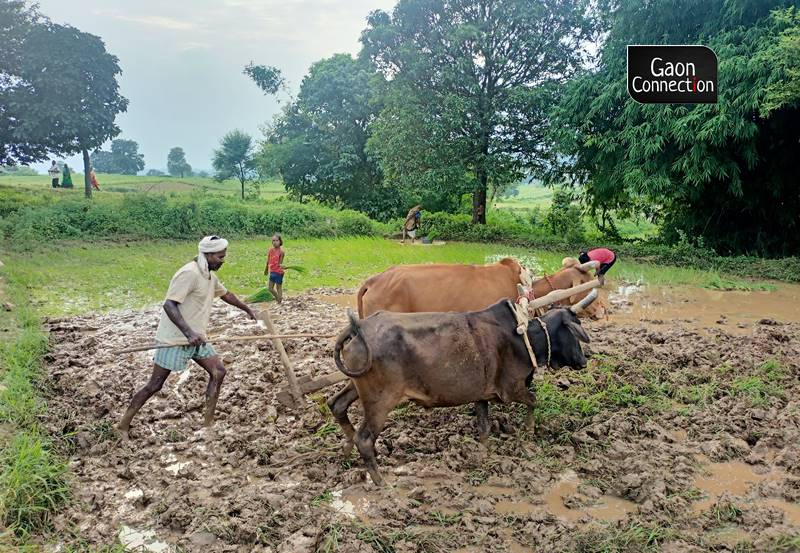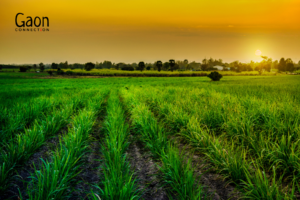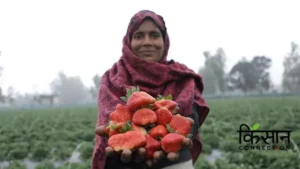It is the season for the sowing of wheat in large tracts of land in several parts of the country. Before the actual sowing begins the farmers till the land several times to prepare it to receive the seeds. It is a time consuming, cumbersome and expensive process.
However, the Krishi Vigyan Kendra (KVK) at Morena in Madhya Pradesh has innovated a technique that claims to save the farmers money and at the same time increase the yield of the crops.
“The zero tillage seed drill technique will also minimise losses caused due to heavy rainfall and storms,” Yaduvendra Pratap Singh, principal scientist, KVK, Morena, told Gaon Connection. He encouraged wheat farmers to use the zero tillage technique that had already been used in paddy farming with success, he said.
The zero tillage seed machine does both the jobs of sowing and fertilising the field simultaneously.
“Traditionally, the farmer uses a cultivator to plough the land and this has been happening for years. Farmers would plough deep into the ground in order to get rid of the weeds. Means of irrigation were also limited, so in order to maintain the moisture in the soil they would do intensive ploughing,” the principal scientist explained. “But now there are weedicides available to the farmer and irrigation facilities have improved too,” he added.
Also Read: Tackling the menace of leaf roller pests, with nothing more than a plastic rope
Efficient use of time and land
If there are no weeds in the land, the zero tillage seed machine can directly sow the seeds once the previous crop has been harvested, said Singh.
“Both the seeds and the fertilisers are put into the machine which then digs only the area where the seed is to be sown. This also makes for a sturdy pant. Otherwise, because of all the heavy ploughing, the soil gets loose and the crops can get blown down by strong winds or heavy rains,” he explained.
”The farmer can save a significant amount of money just from not having to plough his land,” Singh said.
The zero tillage seed machine has narrower ploughs attached to it with compartments for seeds and the fertiliser. There is no need for the farmer to employ the use of the cumbersome and expensive traditional ploughs. The zero tillage seed machines are available at the KVKs and the farmers can even hire them if not buy them.
For the wheat and bajra crops, the farmer traditionally ploughs the land four to six times before sowing. The cost of doing this comes to about Rs 5,000 a hectare. However, with the zero tillage seed machine, the cost is reduced to Rs 1,500 a hectare.
Also Read: Madhya Pradesh launches ‘farm OPDs’ for farmers
Less water needed
Wheat crops need about 35 cms of water during its growth while with the use of the zero tillage seed machine, the water use comes down to a mere three to four cms.
While one hectare of land would yield about 50 quintals of wheat, it increases by nearly 10 per cent using the zero tillage seed machine. While experimenting with this new kind of sowing in the fields, it was also observed that the remnants of the former crops decomposed on the field and turned into fertilisers for the next crop.
Read the story in Hindi.



















